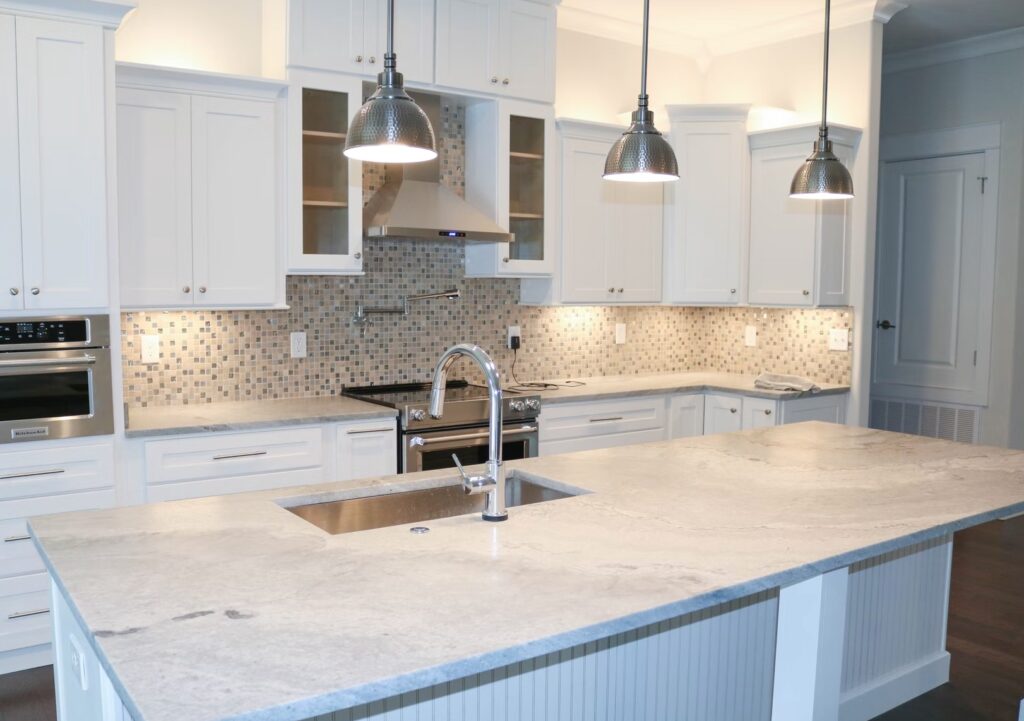Granite Countertop Myths Busted: What You Really Need to Know
Granite countertops have been a staple in kitchens and bathrooms for years, but there are still plenty of misconceptions about them. Some homeowners believe granite is difficult to maintain, while others think it’s outdated.
The truth is, granite remains one of the best countertop choices available—if you know what to expect. Let’s debunk some of the most common myths and set the record straight on Jackson WY granite countertops.
Myth #1: Granite is Too Hard to Maintain
One of the biggest concerns homeowners have is that granite requires too much upkeep. While it’s true that granite needs sealing, this process is simple and only needs to be done once a year in most cases.
- Daily cleaning requires nothing more than soap and water or a mild stone cleaner
- Proper sealing prevents stains and bacteria buildup
- With regular care, granite lasts a lifetime without losing its beauty
If you’re worried about maintenance, rest assured that granite is no more difficult to care for than any other natural stone surface.
Myth #2: Granite Stains and Scratches Easily
Many people believe that granite is too delicate for everyday kitchen use, but in reality, it’s one of the most durable materials available.
- Granite is naturally resistant to scratches, making it perfect for food prep
- A properly sealed granite surface repels spills, reducing the risk of stains
- Unlike softer stones like marble, granite holds up well against wear and tear
If you accidentally leave a spill sitting on unsealed granite, it could absorb some liquid, but routine sealing prevents this from happening. For normal daily use, granite is incredibly resilient.
Myth #3: Granite is Outdated
Some homeowners worry that granite is no longer in style, but this couldn’t be further from the truth. Granite remains a top choice for kitchens and bathrooms because of its natural beauty and timeless appeal.
- Available in a wide range of colors and patterns to match any design
- Works well in both modern and traditional spaces
- Adds value to your home, making it a smart long-term investment
Trends come and go, but granite continues to be one of the most sought-after countertop materials for homebuyers and designers alike.
Myth #4: Granite is Too Expensive
While granite can be more costly than some laminate or tile surfaces, it’s far from the most expensive option on the market. Prices vary based on color, pattern, and quality, but there are plenty of affordable granite choices available.
- Granite lasts for decades, making it a cost-effective investment
- Pricing depends on the type and rarity of the slab, meaning there are budget-friendly options
- Compared to materials like marble, granite offers luxury at a more affordable price
Considering its durability, longevity, and added home value, granite is well worth the price.
Conclusion
Granite countertops come with a lot of myths, but the truth is that they are durable, stylish, and easy to maintain. If you’ve been avoiding granite based on outdated information, now is the time to reconsider. Want to learn more? Call Custom …
Granite Countertop Myths Busted: What You Really Need to Know Read More »










